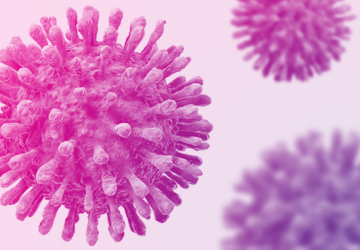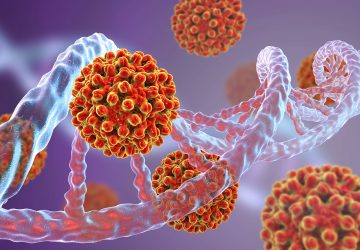7 Myths About Dried Blood Spot (DBS)
Dried blood spot (DBS) sampling has established itself as an innovative sampling technique where wet blood is spotted onto absorbent paper or other paper materials and allowed to dry. In recent years the usage of DBS has gained increasing importance since this method shows strong advantages compared to the conventional collection and analysis of blood or plasma samples.
Let’s take a closer look at several myths about DBS to better understand the versatility and robust application of this technology.
Myth #1: Dried blood spot samples are just as potentially infectious as wet blood.
DBS specimens can be shipped by mail or other carrier with no reasonable expectations of occupational exposure to blood or other potentially infectious dried-blood material.
Myth #2: Dried blood spot samples are only used in New Born Screening (NBS) Tests.
DBS samples can be collected and subsequently tested for more than a hundred compounds. It is very commonly use in numerous infectious disease assays such as HIV and Hepatitis screening, viral loads and syphilis as well as genotyping. A list of various uses can be found in a CDC presentation.
Myth #3: Dried Blood Spot is a new technology that can only be used with the newest, most sensitive detection technologies.
DBS or blood spotted onto paper, was originally introduced about 100 years ago but put in to practice by the scientist, Robert Guthrie. In 1963. Dr. Guthrie originally looked at testing infants for phenylketonuria (PKU) which is caused by high levels of the amino acid, phenylalanine. The simple assay he developed was a bacterial inhibition assay, which monitored the growth of the bacteria Bacillus subtilis, which was inhibited under normal test conditions, but would grow unabated when blood containing high amounts of phenylalanine are present. Today, Dried Blood Spot techniques can be used with the most sensitive detection technologies making it extremely versatile in the lab as well as in field settings.
Myth #4: Only whole blood is used for DBS.
In addition to whole blood, other biological fluids have been successfully applied, dried and analyzed as a dried sample including plasma, serum, CSF, saliva, fecal material and urine. HemaSpot-SE separates and dries whole blood into cellular and serum portions and both can be analyzed from the same sample.
Myth #5: DBS samples have high potential for contamination during the drying process.
Blood spots applied to HemaSpot devices dry in a self-contained cartridge that protects that sample from air-borne contaminants.
Myth #6: DBS samples must be biobanked or stored in a refrigerator or freezer.
Many analytes have been recovered from DBS samples stored at ambient temperatures for years.
Myth #7: It is important to throughly allow blood spots to dry before storing and shipping them.
Blood spots applied to the HemaSpot-HF may be shipped immediately after collecting and closing the device. The blood collected on the form will dry completely within 2 hrs of closing the device and wet blood is protected from contamination or smearing while in the closed device. Only with the open cards is it important to dry the blood spots before sealing them in plastic bags with desiccant.



